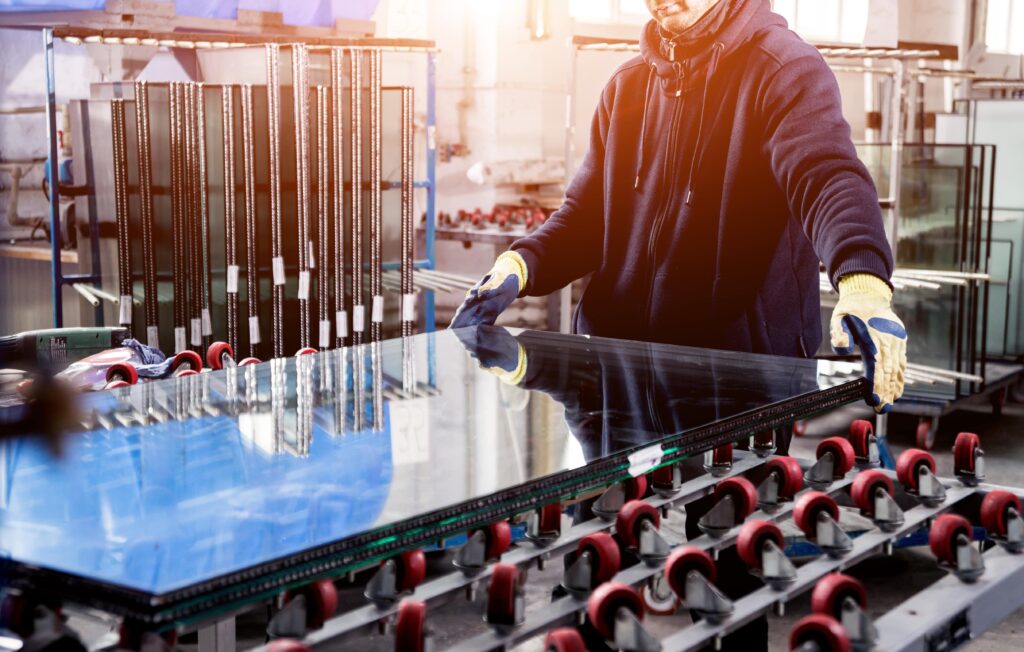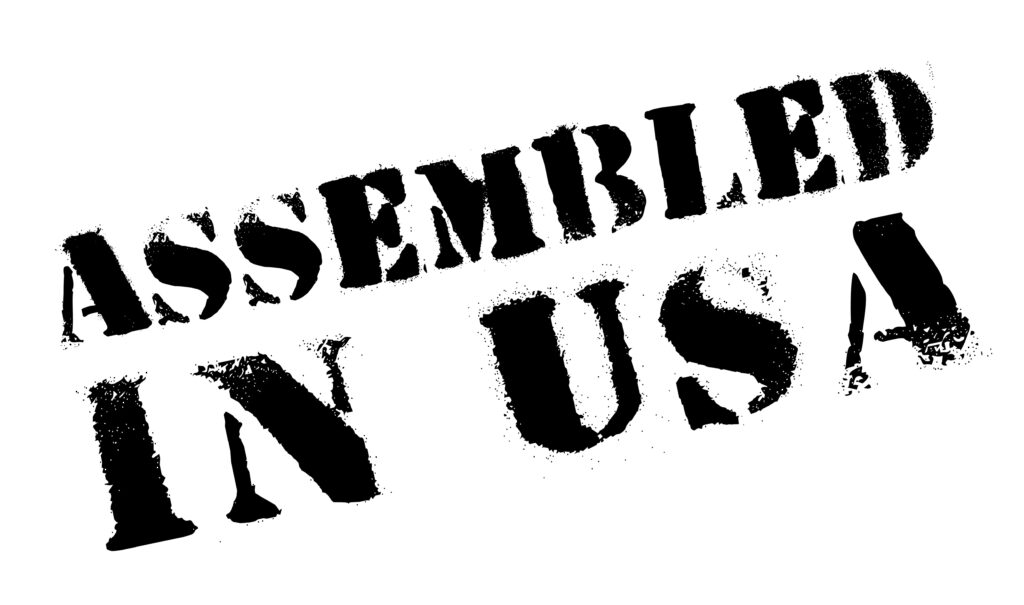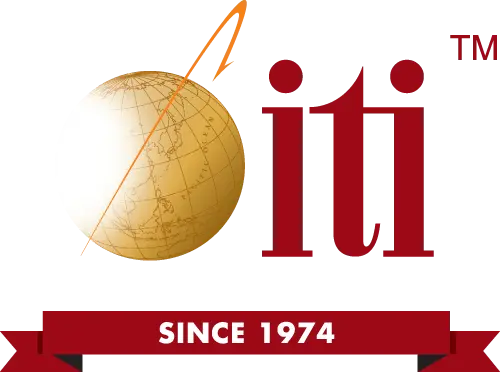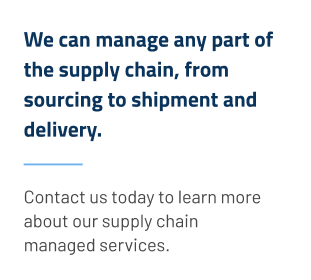What’s the difference between the two labels? Why is the distinction important? Learn more below.
Made in America vs. Assembled in America – What’s the Difference?
A product labeled “Made in America” means it was entirely manufactured in the United States, and all (or “virtually all”) of the parts and components were also sourced and manufactured within the US.
In contrast, when a product is labeled as “Assembled in America,” the components are manufactured in other countries and then brought to the US to be put together.
How Labeling Requirements Work
The Federal Trade Commission (FTC) has specific guidelines for companies that want to label their products as “Made in America.” According to the FTC, a product must be “all or virtually all” made in the US to use the label. This means that all significant parts and processing of the product must be of US origin. For examples of what “virtually all” means, see the examples given by the FTC. It can vary quite a bit depending on how the FTC interprets the importance of any component parts made outside of the USA.
A “Made in USA” claim can be expressed or implied. While you may have heard that a “Made in America” claim is different from “Made in USA,” the FTC considers those two claims to be the same for regulatory purposes. If a consumer could reasonably assume from the wording on the product, label, advertising, or promotional material that the product was made in the United States, it counts. Even something like including an United States flag on the box could imply a Made in USA claim and would be subject to regulation. So even though “Made in America” could technically mean North America, a product cannot legally be labeled “Made in America” if the product was sourced and assembled in Mexico or Canada.
The FTC also allows for products to be labeled as “Assembled in America” or “Assembled in USA” if the final assembly or processing takes place in the US even if the product contains significant foreign parts or components. These two labels have distinct differences in how customers perceive them and their impact on our economy.

Main Benefits of Being Made in USA
The Made in USA label is a coveted option for U.S. based manufacturers because it boosts marketing potential and can have a positive impact on the customer’s brand perception. There is a sense of pride and detailed craftsmanship that goes into the manufacturing process and finished products.
To stand out from car companies that have plants in the United States that just assemble cars made with foreign components, Tesla and some other companies advocate that their cars rely heavily on domestic parts, helping support American manufacturing jobs and the US economy. Further, according to a recent survey by Cars.com, about 40% percent of car shoppers in the US say that buying an American-made vehicle is now more important to them—up 22 percent year-over-year.
Main Benefits of Being Assembled in America

While the labels “Assembled in America,” or “Assembled in USA” might not carry the same amount of clout, it’s still an important distinction for both consumers and our economy.
More complex products are often assembled in the US due to access to a more sophisticated workforce, technology, and advanced resources. While the parts may be sourced from other countries, the assembly process is subject to US quality standards.
The result is often a high-quality product that consumers may feel more inclined to trust.
Which is Better – Made or Assembled in America?
A product “Made in the USA” is often seen by American consumers as the ideal option. Many companies strive to achieve it because of their commitment to helping the manufacturing industry while boosting customer loyalty. Being assembled in America also has a positive impact on consumer buying decisions. Both “Made in the USA” and “Assembled in the USA” can come with significant price premiums, however, which many consumers may not be willing to spend.
Learn More About American Manufacturing
With the recent global supply chain hiccups, many companies are taking another look at their offshore manufacturing strategies. If you are weighing the options between offshore manufacturing, nearshoring, and onshoring, you’ll want to partner with a manufacturing supply chain expert like ITI Manufacturing.
Schedule a consultation with our team to discuss your unique project needs. We can deliver a unique, turnkey solution that aligns with your company and product goals.






